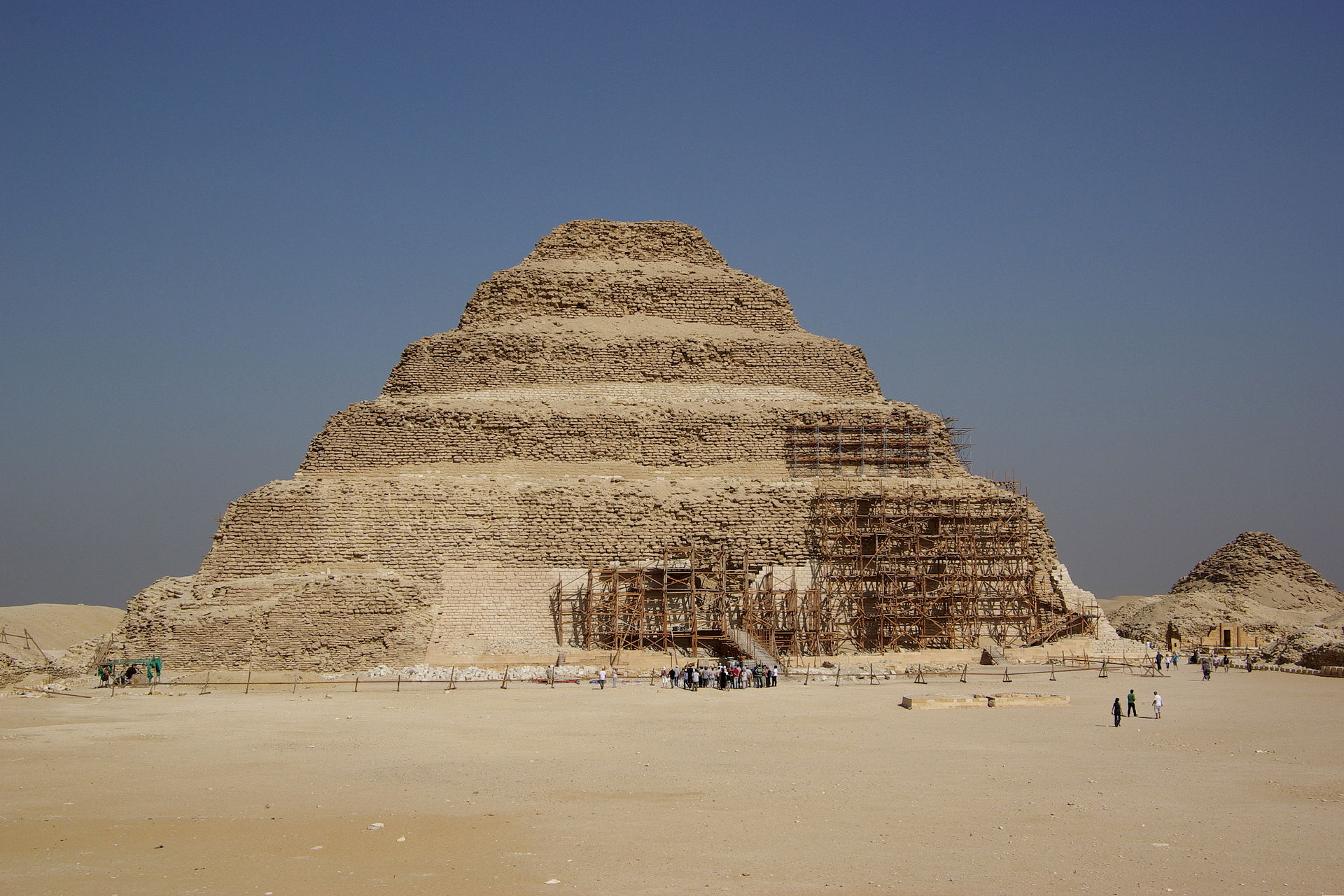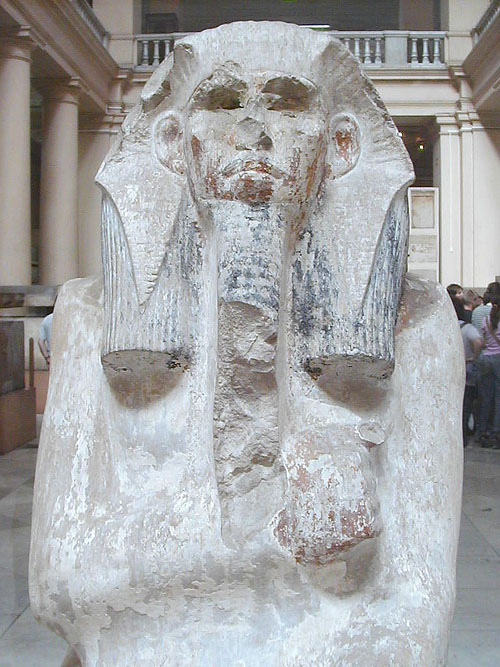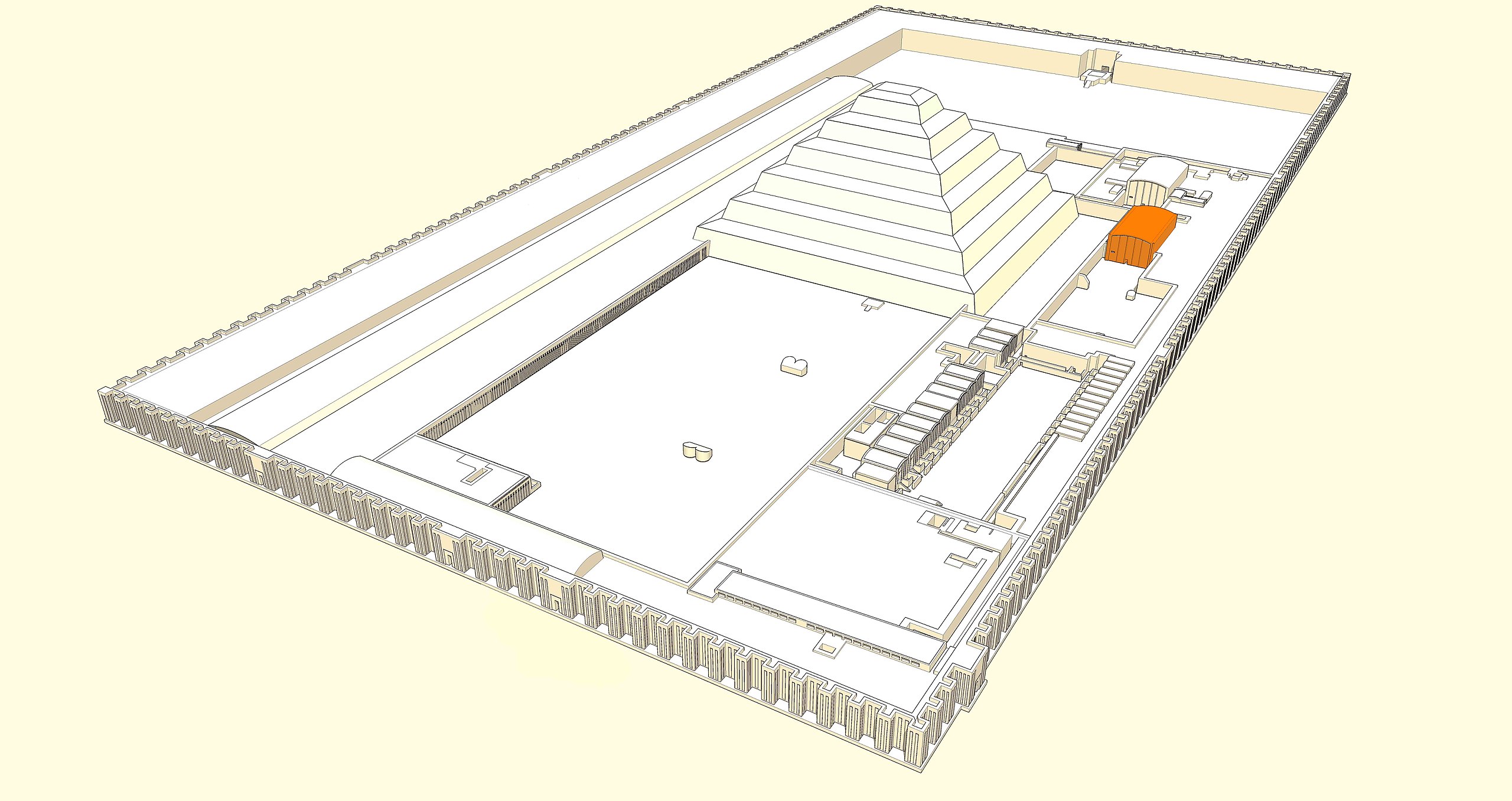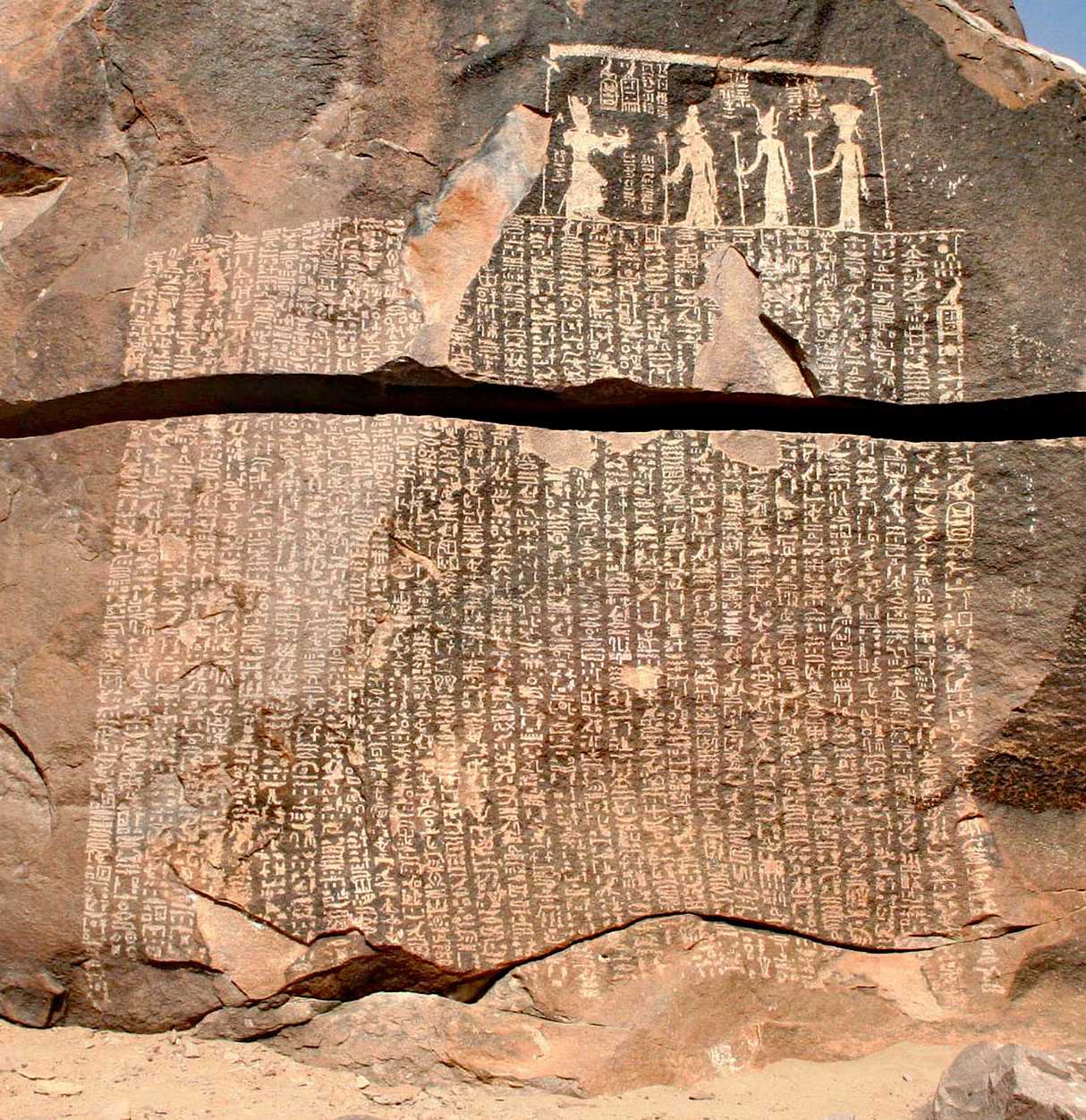
After an extensive 14-year, $6.6 million restoration, Egypt's oldest pyramid was reopened to the public on March 5, 2020. Located in the Saqqara necropolis, northwest of the city of Memphis, the Pyramid of Djoser was built 4,700 years ago as a tomb for Pharaoh Djoser, the first king of the 3rd dynasty (2650–2575 BCE). The massive pyramidal funerary complex was neglected for centuries and almost on the verge of collapse before Egyptian officials finally decided to take action in 2006 and bring it back to its former glory.

Also known as the Step Pyramid, the structure is considered a milestone in the evolution of monumental stone architecture. Designed by the pharaoh's vizier (minister), Imhotep, the majestic 204-feet (62-meters) pyramid was the tallest structure of its time and the first built largely from limestone. More importantly, it was the first royal tomb of its kind.
Prior to this, kings were buried in mastaba tombs — large rectangular structures with slanted roofs built out of dried clay that rose at most 20 feet (6 meters) high. However, Imhotep, often regarded as the world's first architect, wanted a more impressive tomb for his pharaoh. He came up with the idea of creating a "gateway to heaven" by stacking six mastabas atop one another, each with a level smaller than the one beneath, to form the rectangular pyramid shape.

Similar to the mastaba tombs, the pharaoh's burial chambers lay beneath the pyramid. However, the intricate underground structure was like none other ever encountered. It comprised a 3.5-mile (5.7-kilometer) maze of tunnels and shafts, many leading to dead-end rooms, to thwart tomb robbers. Djoser's granite-carved burial chamber, which lay in the center, was accessible after navigating through narrow corridors filled with thousands of stone vessels inscribed with the names of earlier kings. While some of the chambers were reserved for members of the royal family, most were designed to house the symbolic grave goods required for the pharaoh's afterlife.
The pyramid was surrounded by a sprawling 40-acre (16-hectare) complex that included a temple, courtyards, shrines, and living quarters for the priests. It was encompassed by a recessed 30-foot (10.5-meters) high wall, with 13 fake doorways to keep unwanted guests out and just one real entrance at its south side.

Little is known about Djoser, for whom this princely tomb was built. Some scholars believe he ruled for 20 years, while others argue his reign lasted more than three decades. Famine Stela, a granite-etched inscription created in 250 BC, credits the king for ending a seven-year famine in Egypt by rebuilding a temple to Khnum, the god of the source of the Nile. In return, the deity caused the dried-up river to flood, providing much-needed moisture for crops.
Resources: www.livescience.com, theguardian.com, egyptianmuseum.org
